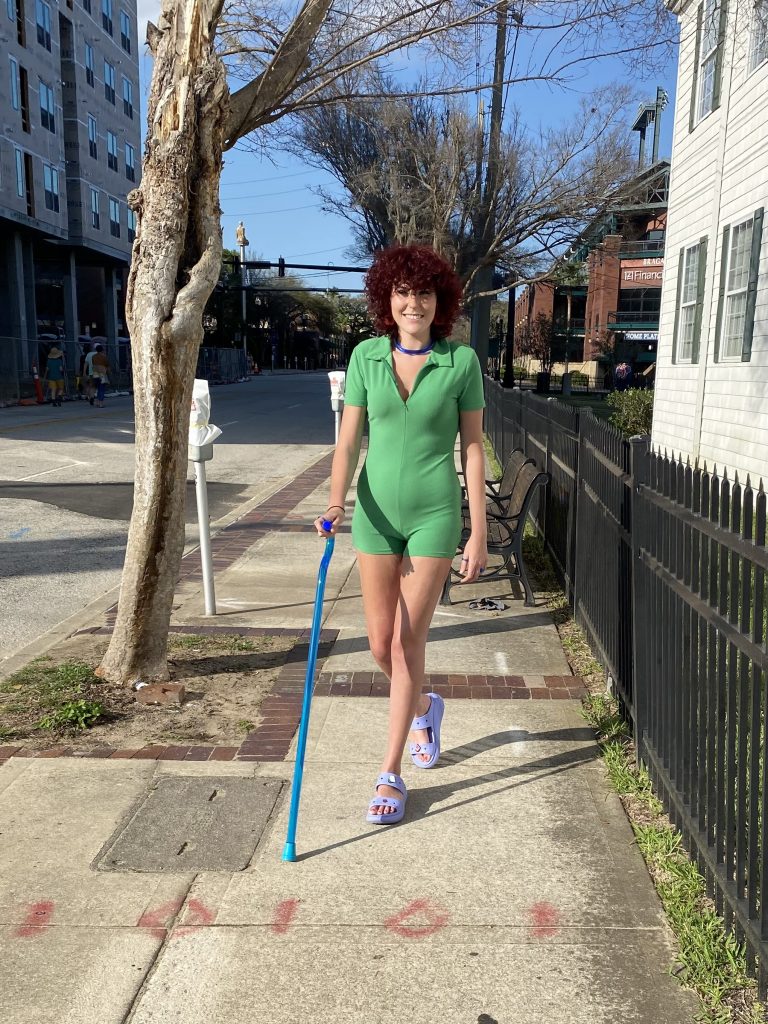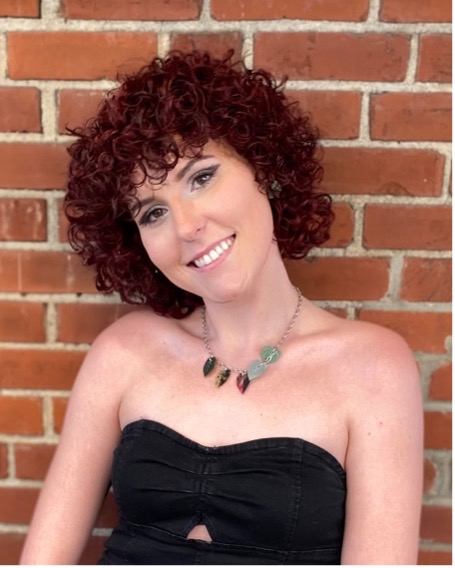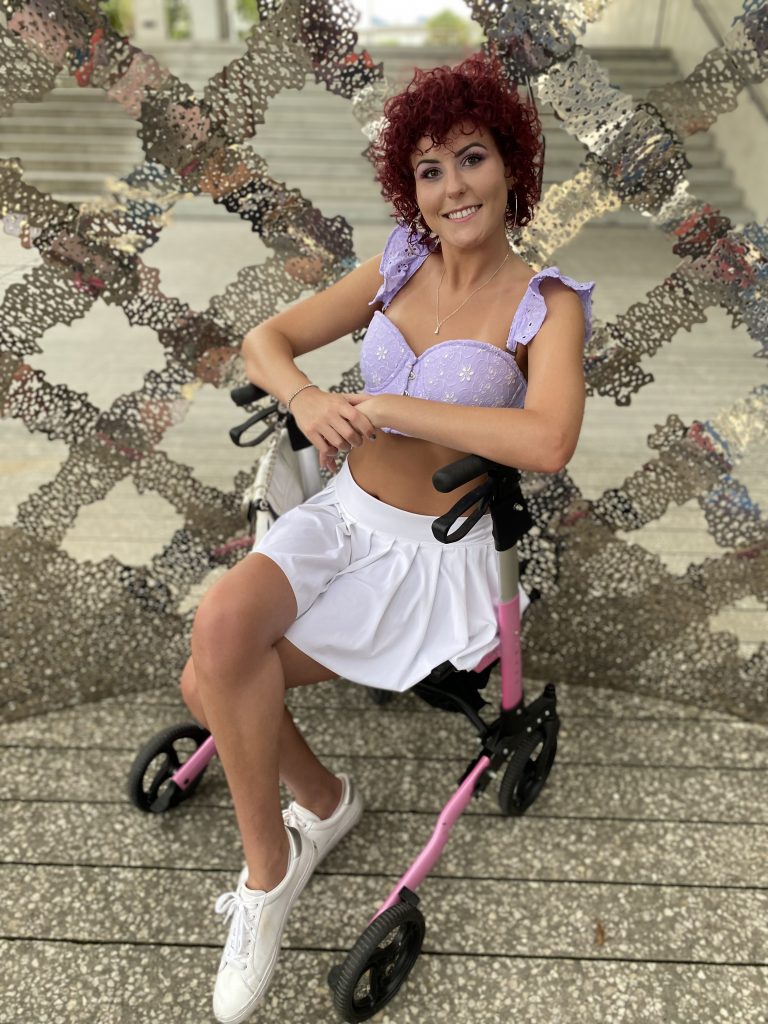Meet Emma Jordan, a courageous disability advocate who lives with Ehlers Danlos Syndrome. Emma received this diagnosis after struggling for six years with no clear answers. Although the news of her illness was disheartening, Emma has found peace in impermanence. Today, she shares her Live Forward Story with us.
Ehlers-Danlos Syndrome and Accessibility
We asked Emma what she’d like people to know about Ehlers-Danlos Syndrome and accessibility in general. She says that just because it’s an invisible illness, that doesn’t mean it’s not real. “Invisible illnesses are defined as complex, incurable, medical conditions with symptoms that can fluctuate daily (sometimes even hour-to-hour, minute-to-minute),” she explains.
“One day I might have all the spoons in the world and get to be so productive! But that sends me into a flare-up of symptoms for the next week and a half,” Emma continues. She goes on to say that there are moments where she’s not even allotted the space and time to fully recoup before venturing out into the world again.
So, she does what any other chronically ill person does—puts on a smile to mask the pain and heads back into the world to cosplay as a healthy and productive member of society. Emma says that the stigmas surrounding illnesses and disabilities cause chronically ill people to hide their symptoms and pain.
“The reality is, we want people to understand we’re not pretending or hiding behind ‘fake’ symptoms when we miss out on plans. Who would want to watch their life, family, friends, colleagues, peers and more, just pass them by while all cooped up in bed?”

What it Means to Live Forward
Emma says that living with any type of illness, whether it’s chronic, acute, or invisible is incredibly difficult. She states that a chronically ill person’s physical health is ever-changing and unreliable. This impacts social and emotional health—and vice versa.
Emma stresses this point, saying, “Feeling miserable, whether physically or emotionally, is so taxing! On the especially rough days where just living is hard enough… I can’t ever imagine living forward again! In those instances, I just try to remind myself that this too shall pass.” Emma explains that life’s impermanence brings her comfort. Remembering this is what helps her continue to live forward.

Advice for Those Who Are Looking for Motivation to Live Forward
At some of the lowest points in Emma’s diagnosis journey—which started at the ripe age of 15 years old and took six years before she received any real answers—Emma was obsessed with the word “back.”
“All I could think about was getting back to my high-school sports team. Getting back to work. Getting back to planning for and attending college. And getting back the independence I had before any of my medical issues started,” she says.
Until 2019, she had no clue what could be wrong with her. Eventually, she was finally able to see a geneticist and get some answers. “He sat and talked with me for a good three hours about how and why he suspected I had hyper-mobile Ehlers Danlos syndrome,” she explains. “Finally, receiving some answers to so many of my quirks, helped me to understand/protect my body and joints more.”
However, mentally, the diagnosis was a hard pill to swallow. Emma says, “Being told at the age of 21 that you have a progressive, incurable, genetic, connective tissue disease—and that most doctors will have never heard of it—can bring about a lot of grief.”
But she didn’t let the bad news hold her back. “Despite the grief, the thing that has kept me living forward the most is the knowledge that life’s impermanence means that tomorrow is a new day,” she declares. “That my flare-up won’t last forever. That my symptoms, no matter how bad they may get, nor how long they may last, will always come to an end.”


















